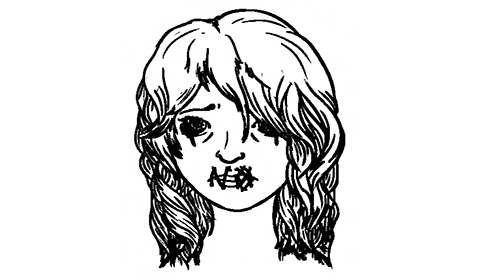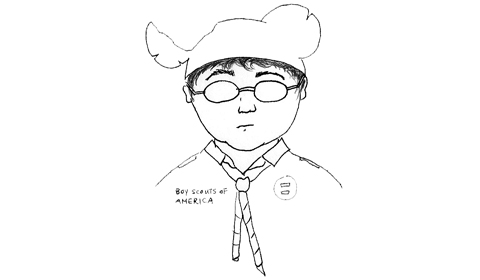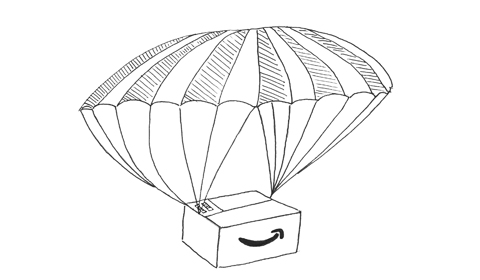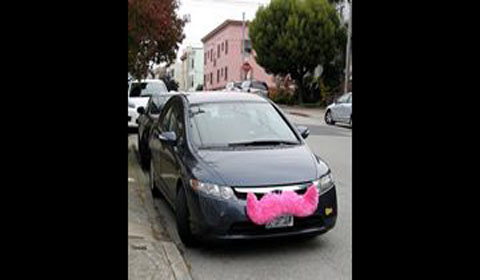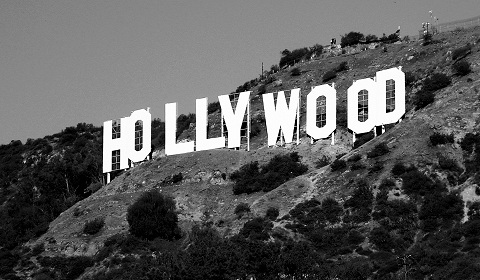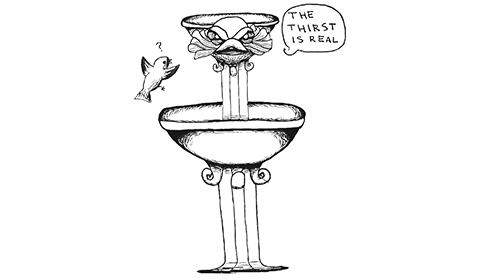
Since January 2014, California has been in a severe drought, and almost 60% of the state is currently in an “exceptional” drought. Last year was the most arid year in the state’s history. As rivers and reservoirs reach record lows and wildfires blaze, meteorologists predict that the aridity will continue to increase in California, the most populous state in the U.S.
“People need to realize that this is not one of the issues that ‘we need to help solve for future generations.’ This is an issue that needs to be dealt with now for our generation, or the consequences will be drastically worse than most people imagine,” pointed out Vice President and Environmental Representative Eliza ‘15.
Governor Jerry Brown, who asks that Californians cut their overall water use by 20%, has instituted many water conservation initiatives to help bring California out of the drought.
1. On July 18, the State Capitol building in Sacramento stopped watering large sections of its lawn to set an example for other Californians, and LA County will pay homeowners $2.00 for every square foot of grass that they remove from their lawns. Californians are encouraged to fill-in their lawns with gravel or drought-tolerant plants like succulents. Otherwise, watering grass only twice a week and at nighttime can save a lot of water. Using sprinklers does not use water efficiently; water loss from evaporation can reach up to 50%. To prevent evaporation, water with a hose with a fitted shut-off nozzle, replace youIf your family is purchasing new toilets or a new dishwasher, washing machine, or irrigation system, buying appliances that use water efficiently will save your family money in the long run while saving water. Devices such as fitted shut-off nozzles for hoses and shower heads that use no more than 2.5 gallons of water per minute can have a big effect, and so can having small leaks fixed. Using a car wash instead of washing your car in your driveway will also help conservation efforts.r sprinkler system with a drip system, or at the least use your sprinklers at night, which uses 30% less water.
2. If your family is purchasing new toilets or a new dishwasher, washing machine, or irrigation system, buying appliances that use water efficiently will save your family money in the long run while saving water. Devices such as fitted shut-off nozzles for hoses and shower heads that use no more than 2.5 gallons of water per minute can have a big effect, and so can having small leaks fixed. Using a car wash instead of washing your car in your driveway will also help conservation efforts.
3. Americans consume an average of 17 gallons of water during every shower and an average of 24 gallons during every bath. These numbers can be greatly reduced by bathing every other day, limiting showers to 5-10 minutes, turning off the shower while shaving, reducing the flow of water out of the shower head, and using water-efficient showerheads. Turning on the sink only to rinse while brushing your teeth, and washing dishes by hand conserves a lot of water, as does reducing the flow of sink faucets while waiting for water to heat. When you wash dishes or clothing in a dishwasher or washing machine, it is also important to fill up every load to the machine’s capacity or match the load with the amount of water used.
4. People often do not realize the immense impact of overconsumption until resources that are being used at a faster rate than they are produced are depleted. This unsustainability along with the heat of global warming, another product of human activity, is what has caused California to enter a drought. Water sustainability is a problem that affects or will soon affect most of the world and many people predict that water will soon become sought after as much and fought over as often as crude oil is today. Californians need to keep in mind that while getting out of the drought is a big goal for the relatively near future, it should also act as a reminder of a greater goal of using all resources sustainably.

